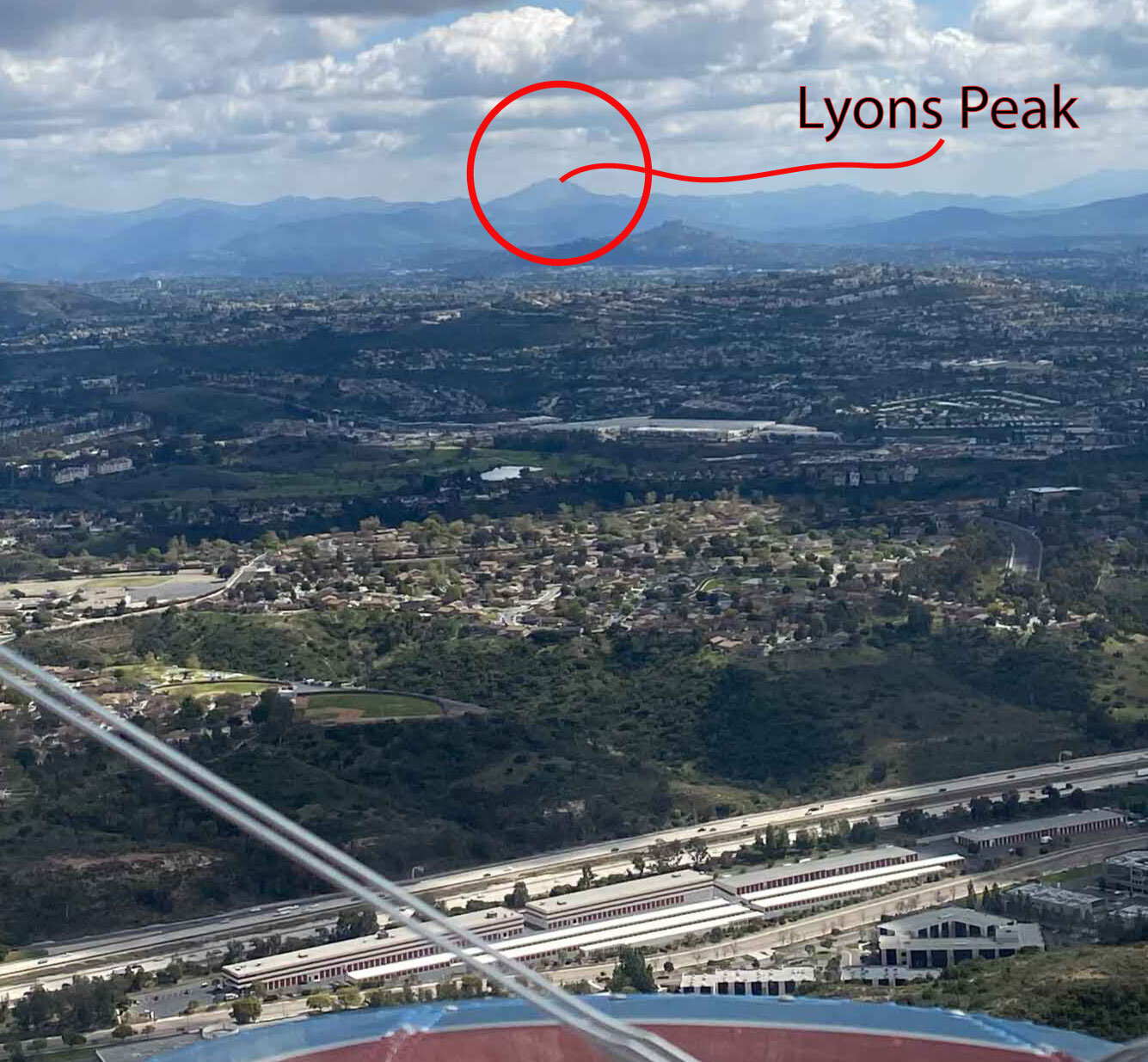Tail Wheel Training day 1
Ground Training 1: We will sit down at our runway mock up with a Citabria model and talk about the forces effecting you as a tail wheel pilot such as slipstream affect, P-Factor, gyroscopic forces and crosswinds. Some discussion items will be utilization of the brakes, and causes of some tail wheel incidents.
Flight Training 1: After our safety brief and preflight, we will have you fly from the front cockpit. All you will need to do is work on taxi, smooth brakes, takeoff, constant rate climbs and flight out to the area. In the practice area, we work on dutch roll drills, steep turns, stalls, and maybe falling leaf stalls. These maneuvers are critical to learning how to manage the rudder smoothly. We fly back, enter the pattern and introduce 3 point landings. We will demo/do full slips and turning slips. If you master the 3 point landing, we will introduce the wheel landing.
Tail Wheel Training day 2
Ground: Reviewing the proper 3 point landing techniques and aerodynamic forces is important to review every day in the beginning. Visualizing a good landing will be integral to you developing intuitive and natural landing skills. Flying with a control stick may feel a little different for some folks. We will introduce the Wheel Landing techniques, the why’s and the hows.
Flight Portion: After strapping in the front of the Citabria agiain, we will get aircraft started, work on smooth brake usage, control stick wind controls and basic taxi, takeoff and go right to pattern work. The instructor will demonstrate a wheel landing, and they you can get to work duplicating the techniques and learning the site picture and feel. We will practice full slips and turning slips to help you integrate them into your tail dragger skills tool box. As you get some experience with these landing techniques we can practice power-off landings, wheel landings and 3-point landings until you are comfortable.
Tail Wheel Training day 3
Ground: We will focus on any weaker areas and review all the forces at work on the aircraft, you will be able to relate better after two days of experiencing them.
Flight Portion: You will get aircraft started, do your checklists, taxi, takeoff and go right to pattern work. The instructor will try to not do any instruction for the first few landings, getting a feel with how you are progressing with wheel landing and 3 point landings. By this time, you will have seen all of the techniques for the tail wheel endorsement and we can just practice until you are comfortable in all tail wheel skills.









































